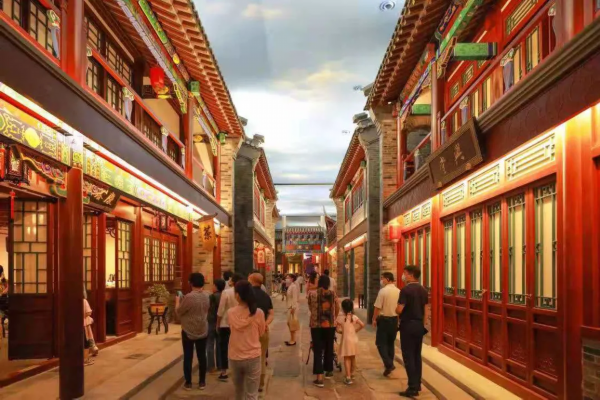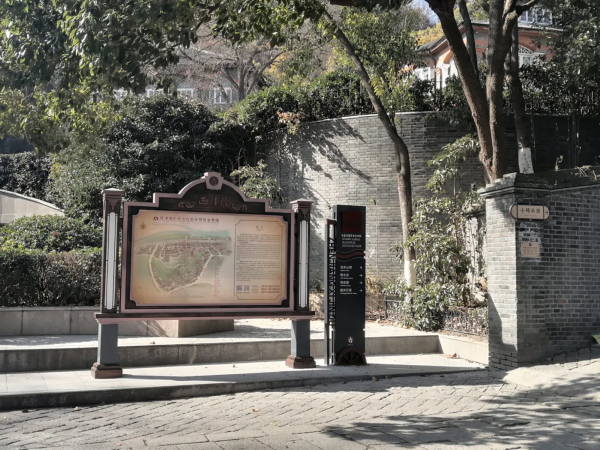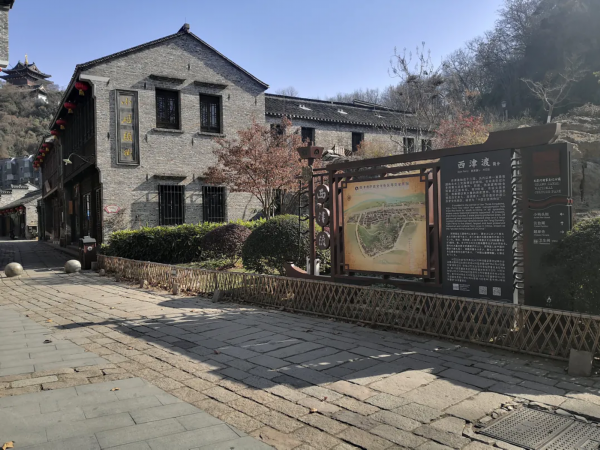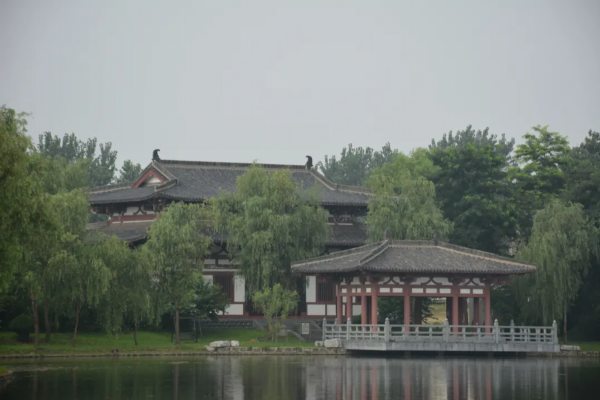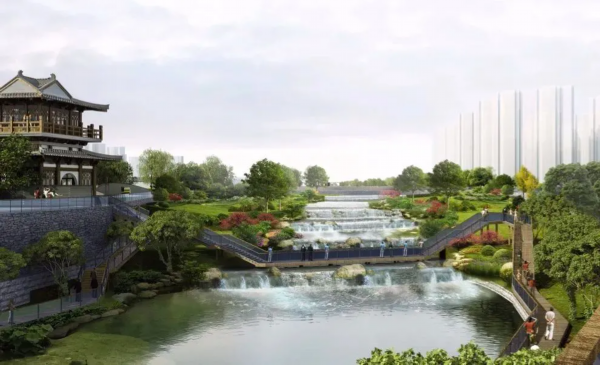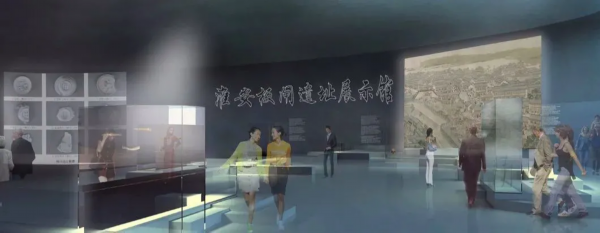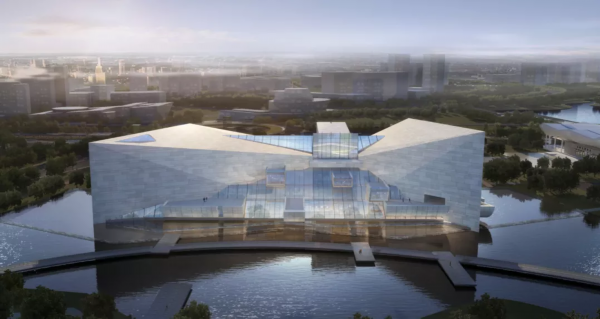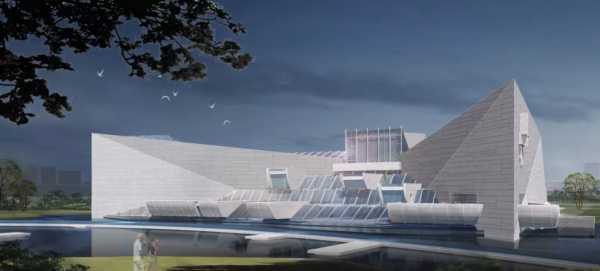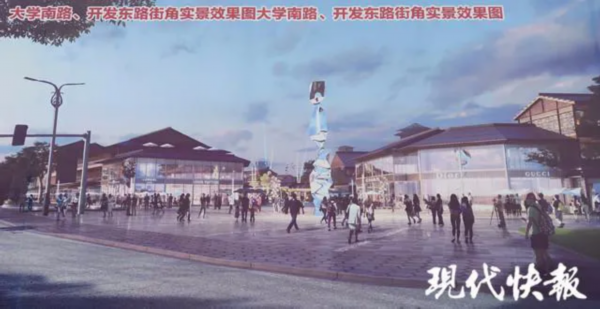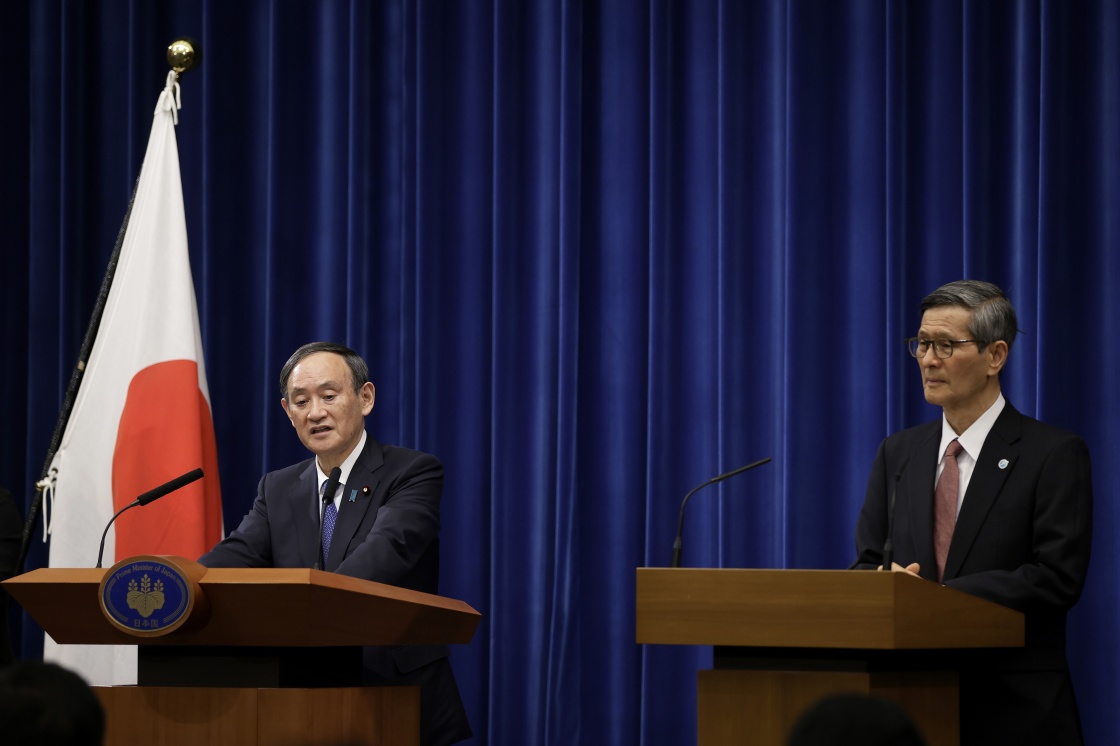"I visited the survey and found that some rural bride price is 100,000 yuan, some are 180,000 yuan, and some are even 300,000 yuan, which is relatively high. Farmers mainly rely on working and farming to earn income, and they can’t bear the burden of bride price of more than 100,000 yuan. " This year, a representative of the National People’s Congress (NPC) from rural areas in North China brought a proposal on managing high-priced bride price.
Not long ago, a report announcement about the rural wedding bride price in Dayu County, Jiangxi Province rushed to the Internet hot search. The scope of accepting the report was: the rural wedding bride price exceeded RMB 80,000, the wedding car exceeded 6, and the wedding banquet exceeded 15 tables, each table surpassed 800 yuan. The staff of Dayu County Civil Affairs Bureau told the media that the initial intention of the announcement was to advocate changing customs and opposing high-priced bride price. The announcement was mainly aimed at rural areas. If families with good conditions give high-priced bride price, it is also allowed if both parties volunteer. There is no punishment after reporting, but mainly persuasion and ideological work.
According to media reports, a number of deputies made suggestions on the issue of high-priced bride price during the two sessions.
The reform of marriage customs in many places is a high-priced bride price "stepping on the brakes"
"Get married to ‘ Colorful and green ’ ‘ Three catties and three liang ’ 。” According to the custom, Xiao Chao (a pseudonym), who lives in a county in southwest Shandong, got such an answer when he went to his girlfriend’s house to propose marriage. He told reporters that his girlfriend’s parents asked for the bride price according to local customs. The former refers to 10,000 5 yuan banknotes, 1,000 hundred-dollar banknotes and 1 50 yuan banknote; The latter refers to three catties and three ounces of 100 yuan banknotes.
In Longdong, Gansu, the custom of bride price is otherwise particular. Xiaohang (a pseudonym), a local young man, said that in his hometown, the groom should give the bride "two-way, pearls and folding righteousness" before the wedding, and the second way is jewelry such as rings and necklaces; Pearl refers to dowry such as clothes and shoes; Discount includes home appliances such as color TV sets and refrigerators. On the wedding day, these should be displayed to friends and family.
In order to "cool down" the rural bride price, as early as 2019, the "high-priced bride price" was named for the first time by the No.1 Document of the Central Committee. Since 2021, Document No.1 of the Central Committee has mentioned "high-priced bride price" for three consecutive years. In recent years, there have been related "big moves" in many departments of the central government, and all provinces are also working together to "limit the height" of bride price.
In May, 2022, Dingxi, Gansu launched a campaign to tackle the high-priced bride price, and marked the guiding price of "no more than 50,000 yuan" for the wedding gift. In February of this year, Jingyuan, Ningxia issued a document to change the customs, encourage the bride price not to be higher than 60,000 yuan, and advocate the son-in-law to support her parents-in-law, and the human gift is not higher than that of 200 yuan.
In addition to the red-headed documents, there are still many places that are exploring flexible measures to "step on the brakes" for high-priced bride price.
Recently, Liangshan, Sichuan, Hejian, Hebei, Dingxi, Gansu and other places have successively announced the phased results of the governance of high-priced bride price issues. According to the propaganda department of Liangshan Yi Autonomous Prefecture Committee, 528 bride price ceremonies of more than 100,000 yuan have been stopped since the local special class for changing customs and traditions was put into operation. According to the hejian city Civil Affairs Bureau, from the beginning of the operation in 2021 to January 2023, the "zero bride price" and "low bride price" in the city’s wedding registration accounted for 88%, and the average cost of each marriage was reduced by 70,000-150,000 yuan; Gansu Dingxi announced that since June 2022, 70% of the bride price has been controlled within 50,000 yuan.
Behind the high-priced bride price
Regarding the reasons for the high-priced bride price in rural areas, the above-mentioned NPC deputies interviewed believe that the woman has a good face and feels that the bride price is high, and the face is big; Some young women, including their parents, feel that the bride price is higher, which will increase their sense of security after marriage; Competing with each other has caused the high-priced bride price to intensify.
It is not easy to punish high-priced bride price. Liu Yanwu, an associate professor in the Department of Sociology of Wuhan University, told reporters that excessive restrictions may infringe on civil liberties, and non-coercive measures will make it difficult to curb such phenomena in a short time. Marriage custom, as a ritual custom, can’t be regulated by law. Only through advocacy and publicity can the public psychologically understand the injustice of high-priced bride price.
For rural marriageable men, the high amount of bride price has constituted an "unbearable weight" of marriage. Liu Chengliang, Ph.D., China Rural Governance Research Center of Huazhong University of Science and Technology, said in the article "Poverty caused by marriage: a perspective to understand rural poverty" that "the current trend is that the level of bride price in rural areas is higher than that in cities, and the bride price in remote areas is higher than that in ordinary rural areas". Jin Xiaoyi, a professor at Xi ‘an Jiaotong University, published a paper in January 2023, "Perspective on" Sky-high Bridal Price ":Present Situation, Causes and Governance", which pointed out that the sky-high Bridal Price has negative effects such as excessive materialization of marriage conclusion, rising risk of rural families returning to poverty due to marriage, infringement of rural women’s marriage rights and interests, and a large number of rural men’s difficulty in getting married or even permanent loss of marriage.
"If the man doesn’t take out the bride price demanded by the woman as sincerity, what can he prove that he really wants to get married?" Standing outside the threshold of marriage, some women’s families think that "the bride price is the man’s respect for the woman, and it is also the guarantee for future marriage life."
Some young women to be married are also in a passive state of "two difficulties". Knowing that the man’s family is already burdened with expenses such as buying a house, it is not easy to pay tens of thousands of yuan as a bride price, but it is not easy to disobey their parents’ wishes easily, and they are powerless to say "it is for your own good" to their parents.
Others have the psychology of keeping up with the joneses with the help of the matchmaker. Take the rural areas in Longdong, Gansu Province as an example, the local bride price is generally 100,000-200,000 yuan, but it shows that the rural areas are higher than the urban areas, and the more remote the mountainous areas are, the higher the bride price is, and the bride price is based on the academic qualifications of young women.
In this area and some parts of Shaanxi bordering on it, because the matchmaker "broke his leg and broke his mouth", both parents will give leather shoes as a thank you after the engagement. However, in order to earn the agency fee, some professional matchmakers encouraged the woman’s parents to ask for "clothing purchase fee", "money for leaving the mother" and "food and water money", and drew 10% or more from the high-priced bride price.
The Spring Festival is the peak of blind date and marriage for young people returning from rural areas. The reporter noticed that many professional matchmakers in the northwest region moved to the Internet, and some people sent the personal information of young men and women who were waiting to be married and the requirements for bride price to the short video platform; Others posted videos introducing successful young people’s engagement and marriage on the Internet, showing piles of banknotes and dazzling dowry items.
At this year’s National People’s Congress, Wu Haiying, member of Chinese People’s Political Consultative Conference, vice chairman of the All-China Women’s Federation and secretary of the Secretariat, submitted the "Proposal on Governing High-priced Bridal Gifts and Cultivating a New Style and New Appearance in the Times" to the conference. She suggested that relevant departments carry out special investigations to provide a basis for precise governance; Guide grass-roots autonomous organizations to add "height limit" provisions to village rules and regulations, put forward specific binding standards, and encourage qualified places to introduce local laws and regulations.
Looking at the bride price requires more "human sobriety"
"Many times, rural marriageable young women don’t have much say in the bride price issue. In some marriages that have collapsed due to bride price talks, high-priced bride price is particularly harmful to young women. " Wang Li (a pseudonym), a young woman from a county in northwest China, said.
Zhang Wei (a pseudonym) works in a city in North China. He believes that giving a bride price is a way for a man to show his sincerity to his wife’s parents, and his family should pay for it. However, the woman can’t know that the man’s economic strength doesn’t allow her to charge exorbitant prices. "If we have to set a standard for the bride price, it will feel that marriage is like a transaction, which may lead to young people getting married at a later age.".
In this regard, the NPC deputies interviewed suggested that all localities should try to formulate village rules and regulations, and through the establishment of rural red and white councils, promote the change of customs, rectify and eliminate bad customs such as high-priced bride price, big weddings and funerals, and thick burials. Low bride price ’ On the basis of "low bride price", we advocate "zero bride price".
Nowadays, parents in many places are gradually changing their attitudes towards their children’s wedding bride price, and there are fewer cases in which women’s parents block their marriage just because the man does not meet his bride price requirements. The payment of bride price is no longer a single way of "I ask for it, you pay", including but not limited to: if the man has a house, the woman will use the bride price to marry a car; Both men and women have houses and cars, so bride price is regarded as the future living fund of small families; Both men and women have no houses, so the two sides will share a large amount of housing expenses and housing property rights, and the woman will no longer ask for a bride price alone.
"Zero bride price", is it feasible? Gan Mantang, a professor of sociology at Fuzhou University, said in an interview with the reporter of Zhongqing Daily and Zhongqing.com that the "zero bride price" is contrary to China’s traditional wedding customs. The public should not only focus on the bride price, but ignore the woman’s dowry. In real life, some women’s families take most of the bride price as dowry and return it to the bride or the man as public assets of the new family.
Gan Mantang pointed out that the uneven proportion of population gender structure is also one of the reasons to block the marriage of rural youth. In addition, considering personal development and children’s education, many young women ask rural young men to buy houses in cities, which causes economic pressure on young men to buy houses.
"When curbing the high-priced bride price, we can’t go to the other extreme, and a moderate bride price is necessary." Regarding the amount of bride price, Gan Mantang believes that "it is a more appropriate range not to exceed the national per capita annual income".
Zhang Gaiping, a member of the 14th Chinese People’s Political Consultative Conference, an academician of China Academy of Engineering and a professor of Henan Agricultural University, made suggestions on high-priced bride price at the two sessions of the National People’s Congress in 2021, and increased the investment in the basic pension of the new rural insurance in the central and western regions to relieve the worries of marrying women; Improve women’s social status and maintain the balance of sex ratio at birth; Summarize and promote the pilot experience of marriage customs reform in various places, and establish and improve a long-term mechanism to change customs.
On February 14th this year, Li Ming (a pseudonym), a youth from Ningxia, participated in a friendship activity organized by the Communist Youth League. Recently, he is getting along with a young woman. "If the relationship goes well, I will go all out to meet the requirements of the other party’s bride price, but not too high." He hoped that the Youth League would guide young people to establish a correct concept of marriage and love, and play a key role in changing customs.
Zhongqingbao Zhongqingwang reporter Jiao Minlong Wang Yijun Source: China Youth Daily






